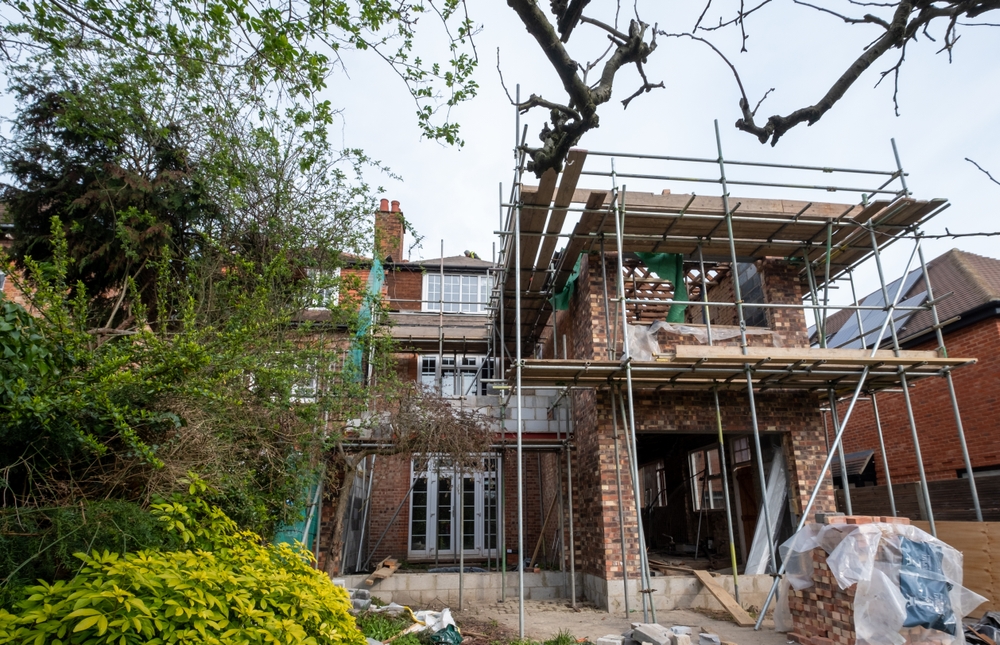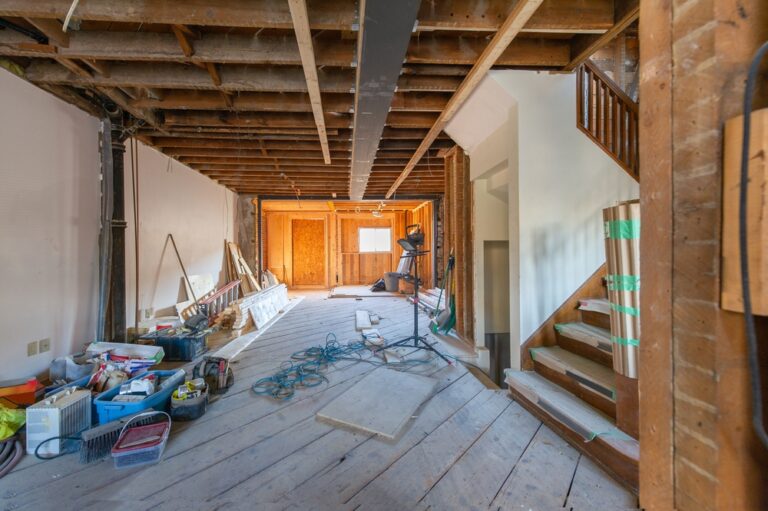There’s a lot to love about an older property. Houses of the Edwardian or Victorian era – or earlier – are full of character and period features. But they have their downsides. Building standards and expectations were very different 150 or 200 years ago.These houses were designed around the lifestyles and standards of a past era, which doesn’t always fit with how we live in and use houses today.
But there are ways to improve and update an older house that will retain its charm and character while transforming what it’s like to live in. Here is our list of the best and most impactful ways to bring a home into the modern era.
Insulation
Old homes are infamous for being difficult and expensive to keep warm. That’s because they originally had little to no insulation beyond the thickness of their walls, ceilings and roof tiles. A Victorian home in its original state loses a huge amount of heat through its loft and roof. If insulation has been fitted to the roof space in the past,
it may not be as effective as using more modern materials. A good layer of modern roof insulation will cut heat loss by up to 25%. You can also add to existing insulation with bags of ‘top up’ loose insulation or by adding insulation to the underside of the roof.
Doors &Windows
Another classic drawback of a traditional home is drafts from ill-fitting doors and windows. Wooden doors and window frames can warp, shrink and sag with time, leaving air gaps at one side and tight spots on the other. Don’t forget doors on the inside as well, which will let cold drafts travel around the house if they don’t fit properly.
Modern double glazing will greatly reduce drafts from the frame and heat loss through the window, and you don’t have to have chunky white PVC on your 18th-century country cottage anymore – you can get double-glazed windows that will maintain the period look of your older house. The same applies to doors, which are available in various materials and styles that will all do a better job of keeping out the cold than a tired original.

Damp proofing
The final element in the infamous trio of problems people associate with old houses is dampness. Condensation from those uninsulated walls and windows, cold spots, leaky roofs, rotten wood, and more can be an expensive problem to eliminate.
Damp homes are unpleasant to live in and can cause health problems in the long term. Dry rot, wet rot, rising damp, penetrating damp and woodworm can also cause expensive structural and cosmetic problems if they’re not quickly sorted. Even damp-proofing a North London terracecan pay for itself by improving living conditions and preventing much more trouble in the future.
Going Open Plan
The layout is an issue more in the design than the age of an older home. In the past, each room had a specific function, and it was deemed proper that they were kept very separate, even if this led to each room being very small to modern eyes. However, while a Victorian family would recoil at the idea of having friends over and socializing and eating in the kitchen, that is a very normal part of modern life.
Opening up the floor plan of your home can greatly increase the amount of usable space, make everything feel airier, and allow for more modern interior design and layout choices. Don’t forget the outside of the house too – again, the original owners expected to keep the garden and the house very separate, but in the 21st century, we can enjoy ‘in/out living – think about French windows or bifold doors can let the indoors (the kitchen or living room) flow into the garden when the weather’s nice.

